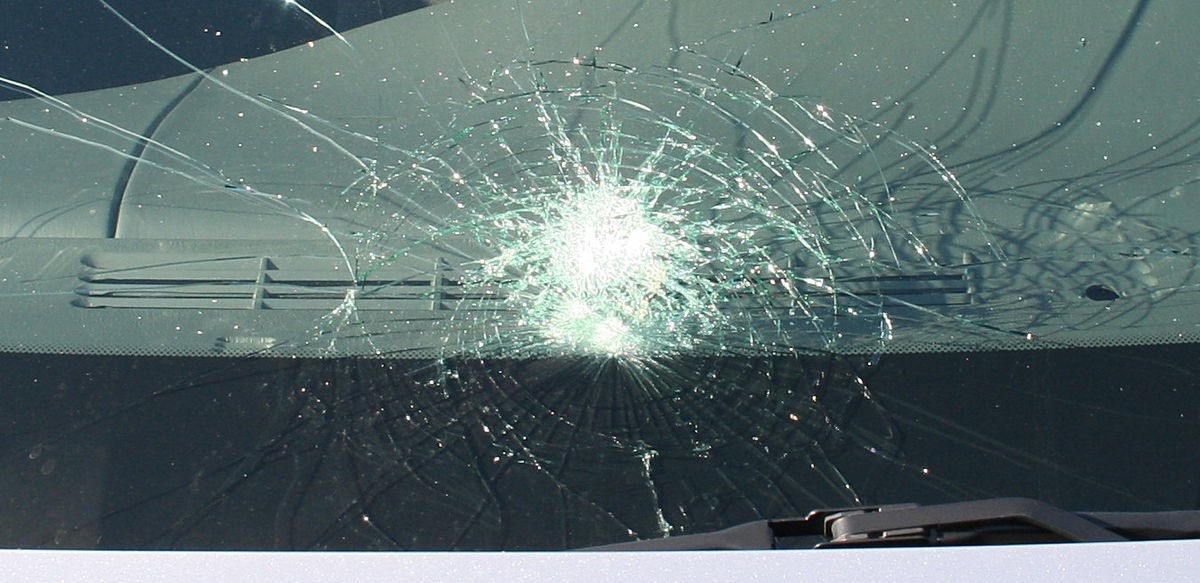Breaking Down the Different Types of Car Glass: The Basics
by Nigel Hilton
Photo credits from: David Marcu (https://unsplash.com/photos/_iVG4MsY2N0)
Car glass is probably one of the most overlooked parts of any vehicle. Depending on road conditions, however, car glass can be extremely fragile, or dependably sturdy. In this article, we’ll talk about the basics of car glass, what they’re made of, and the different types of car glass for different parts of your vehicle.
What is Car Glass?
Car glass refers to any glass that’s used on your vehicle, whether it’s the windows, side mirrors, or windshield. In some cases, this can also include a sunroof. In most cases, the car glass is installed into the car using a glass run channel to secure it in place. This channel also helps contain the glass in case it fragments or cracks.
Car Windshields
Perhaps the most well-known car glass is the windshield or windscreen. A windshield is a type of car glass that’s usually made from laminated safety glass, which is a type of glass that’s been chemically and physically treated and comprises two sheets of curved glass with a layer of plastic lamina in between for added safety.
Photo credits from: Joseph Morris (https://unsplash.com/photos/6inht0ICFDw)
It's worth noting that window shields can be tinted to varying degrees based on location, often with the assistance of professionals like those offering residential window tint in The Village, OK or similar areas. To ensure compliance with regulations, individuals are advised to research "windshield tint laws" in their respective regions to understand permissible levels of visible light transmission (VLT). Once installed onto the car's window frame, the windshield serves as a barrier between occupants and the external environment.
Windshields are what keep the outside world out of your car. It protects the occupants from things like dust, wind, debris, and even insects while driving down the road. Windshields are usually designed to be aerodynamic, as they are installed at the front of the vehicle. While most windshields have a UV coat on them to protect passengers from UV rays, it’s actually quite unnecessary because of the laminated glass’ ability to absorb UV rays.
What Makes It Different?
The main difference between auto glass and regular glass is its ability to stay in one piece despite shattering. I know that might sound confusing, but the secret of auto glass is in its multi-layer construction. Unlike, say, glass windows in homes, auto glass has laminated glass layers that shatter in different pressures. This means that a shattered auto glass can look like its broken, but with all the pieces remaining trapped in the different layers, which provides an extra level of security.
Auto glass comes either laminated or tempered. Laminated glass is almost always just used in windshields, while tempered glass can be found pretty much everywhere else in the vehicle.
Laminated Glass
Laminated glass was first fabricated sometime around the 1920’s, when engineers slipped in a layer of polyvinyl butryal, or PVB, in between sheets of glass. They then used extreme heat and pressure to bond the layers together, creating a fairly strong, durable, and most importantly, shatter-proof glass that was unlike anything the world had seen before.
Photo credits from: Wikipedia
Laminated glass, of course, isn’t unbreakable: rather, laminated glass’ unique construction means that large shards of glass don’t go flying out when it does shatter. This is extremely important in vehicles, where passengers are susceptible to serious, sometimes deadly, injuries because of flying glass pieces.
If a passenger isn’t wearing their seat belt, laminated glass can reduce the chances of fatal injury even if the passenger flies through the windshield. Because laminated glass is designed not to shatter, the passenger will find themselves with reduced cuts and injuries.
Because of the increase in safety, other industries outside of automotive are starting to use laminated glass, particularly shop windows.
Tempered Glass
Unlike laminated glass, tempered glass consists of just one layer. However, by rapidly heating and cooling the glass, engineers found that this changed the molecular structure of the glass in such a way that it became sturdier, and less prone to shattering. Because there is less potential of rear and side windows injuring passengers, tempered glass is used on those sides instead.
Photo credits from: matthewpriest (https://pixabay.com/illustrations/broken-glass-shashed-glass-4024471/)
When tempered glass breaks, it shatters into tiny, non-sharp, non-lethal, pebble-sized pieces that have a lower chance of injuring people. Because of this, many other industries use tempered glass, like sunglasses, smartphone screens, and cooking dishes.
There are some differences between laminated and tempered auto glass: laminated glass is usually heavier and bulkier than tempered glass, thanks to its multiple layers. However, if laminated glass is damaged, it can be repaired with patches of laminated glass. On the other hand, if tempered glass is chipped or cracked, it will need to be replaced completely.





